Experiment #1 Quiz: Air We Breathe at Home and in
our Automobile.
Capturing particulates in the air
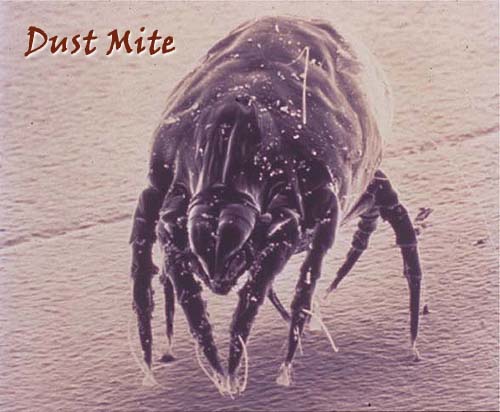
The air in our homes contains numerous particulates. Below are some plus their size in microns. A micron is 1 millionth of a meter. Anything under 10 microns is not visible to the eye. By the way, dust mites live in your bedding and pillows. They eat the flakes of skin that you shed.
Human Hair .................(70 - 100 microns)
Pet Dander ..................(0.5 - 100 microns)
Pollen ...........................(5 - 100 microns)
Spores from Plants ....... (6 - 100 microns)
Mold........................... (2 - 20 microns)
Smoke ........................ (.01 - 1 micron)
Dust Mite Debris ........ (0.5 - 50 microns)
Household Dust .......... (.05 - 100 microns)
Skin Flakes ...................(0.4 - 10 microns)
Bacteria....................... (0.35 - 10 microns)
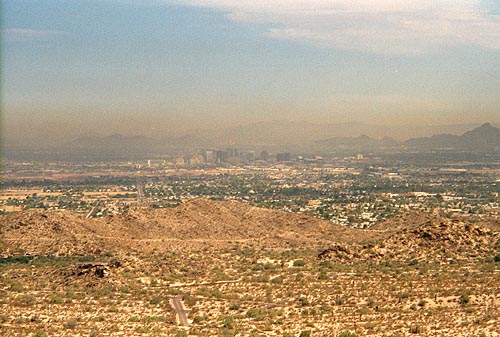
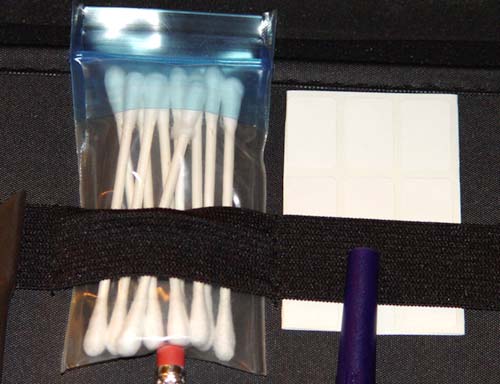
#1. You will use a cotton swab and the labels stored next to it:
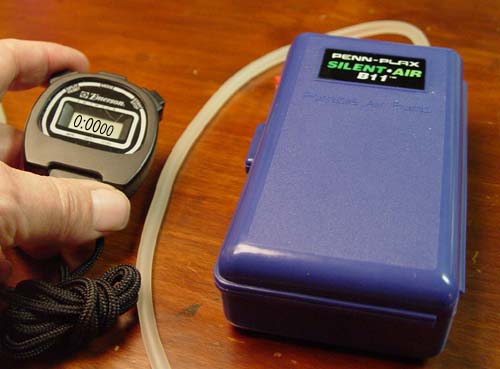
#2. Portable Pump and Stop Watch:
Note: Your pump may be a different color or different brand.
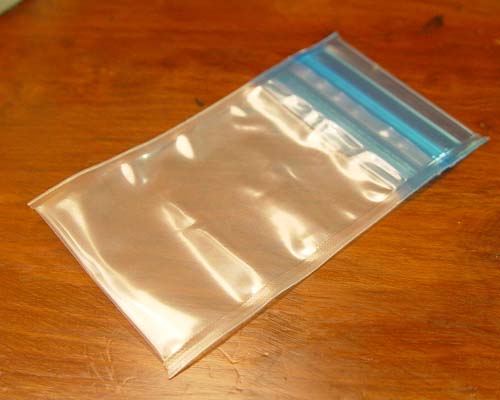
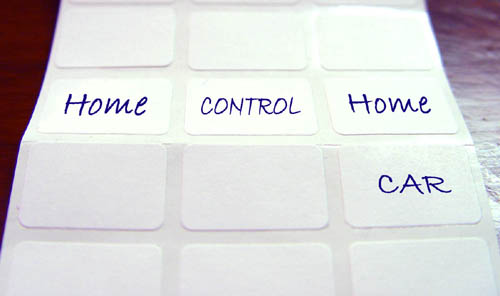
Write "Air Sample," "Control," and "Home" on one set of labels and "Air Sample," "Control," and "Car" on another three labels.

Attach the "Air Sample" label at the other end of the cotton swab. The "Home" label can go on the plastic bag.
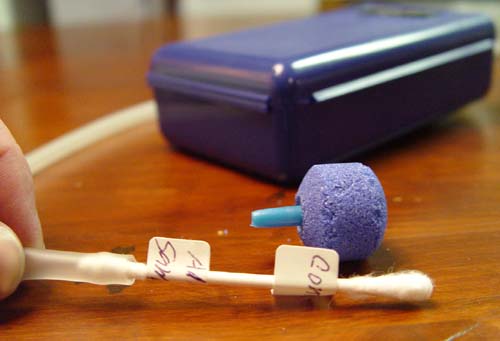
»Pull the air stone off
of the tubing if it came with the air pump.
»Push the end with the "Air Sample" label into the tubing.
» The "Control" end will show what a cotton
swab looks like before it captures any particulates. In general "Controls"
are samples that haven't been subjected to whatever is being tested. For
example, these cottons swabs might have some talc powder imbedded in the
cotton. Our "control" swab would show this, so we know if we see
it in our "Air Sample" cotton it didn't come from the
air in the room, but was there originally.
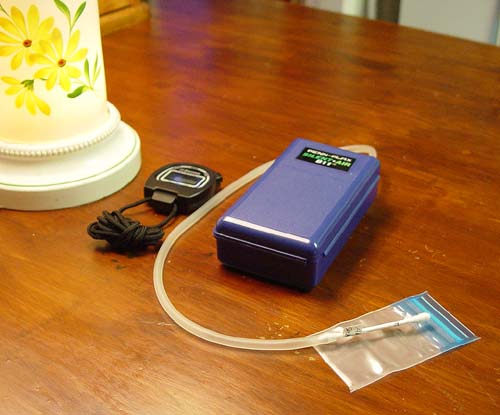
Start stopwatch and turn on the air pump. Let the pump run for about 20 minutes. Make note of exact time when you shut off the air pump. Also note what day and time of day you did the sampling.

Take a picture of the location where you ran the air pump. Try to be in the picture.
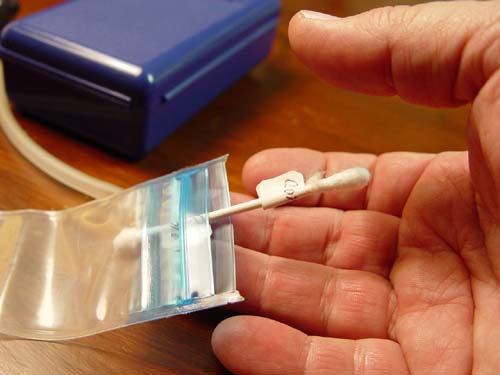
Pull the cotton swab out of the tubing and place into one of the supplied ziploc bags. Seal the ziploc bag. Also, stick the label "Home" on the inside of the ziploc bag. Save this ziploc bag because you will be mailing it to me later with some other samples. I will take some digital photos of the particulates captured by the cotton swab using a microscope. I will then send you the pictures. I'm not sure I can identify all of the particles, but at least we will have a picture that shows what's in the air you breathe at home.


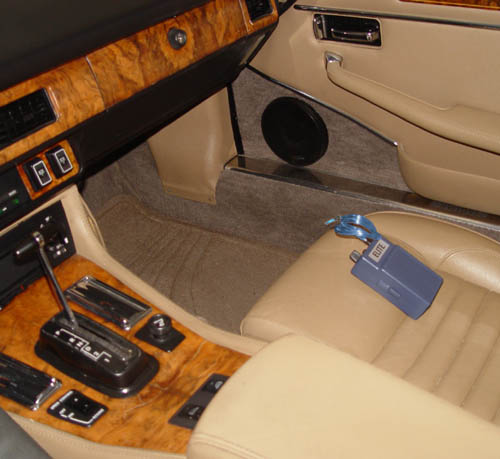
To sample the air in your car, place the portable air pump (with the cotton swab attached) in a vacant seat in your car (front or back).
When you drive somewhere turn on the portable air pump. Try to get 15 to 30 minutes of sampling time. You can use a stopwatch if you want to, but I don't want you to be distracted if you are driving. Just look at your watch or estimate the time.
Record what route you took, the day, and time you left and arrived. For example, for me going to work, I left home near Southern Ave and Val Vista in Mesa. I took Val Vista to US 60 and drove to MCC at Dobson exit. Date: 2-11-05. Left: 8:30am Arrived 8:48am. (about 18 minutes).
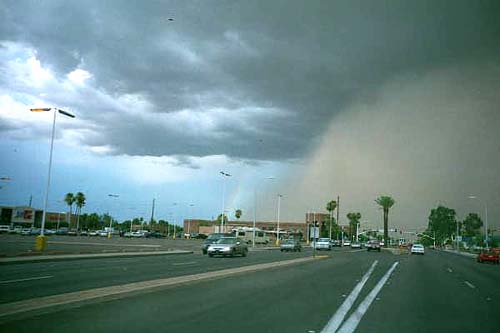
 Take
a picture of what the air looks like. Don't do it while driving. You can
take a picture before you leave or after you get to your destination.
Take
a picture of what the air looks like. Don't do it while driving. You can
take a picture before you leave or after you get to your destination.
For example, if your picture shows a dust storm coming, it will help me know why there's so many dust particles caught by the cotton swab.